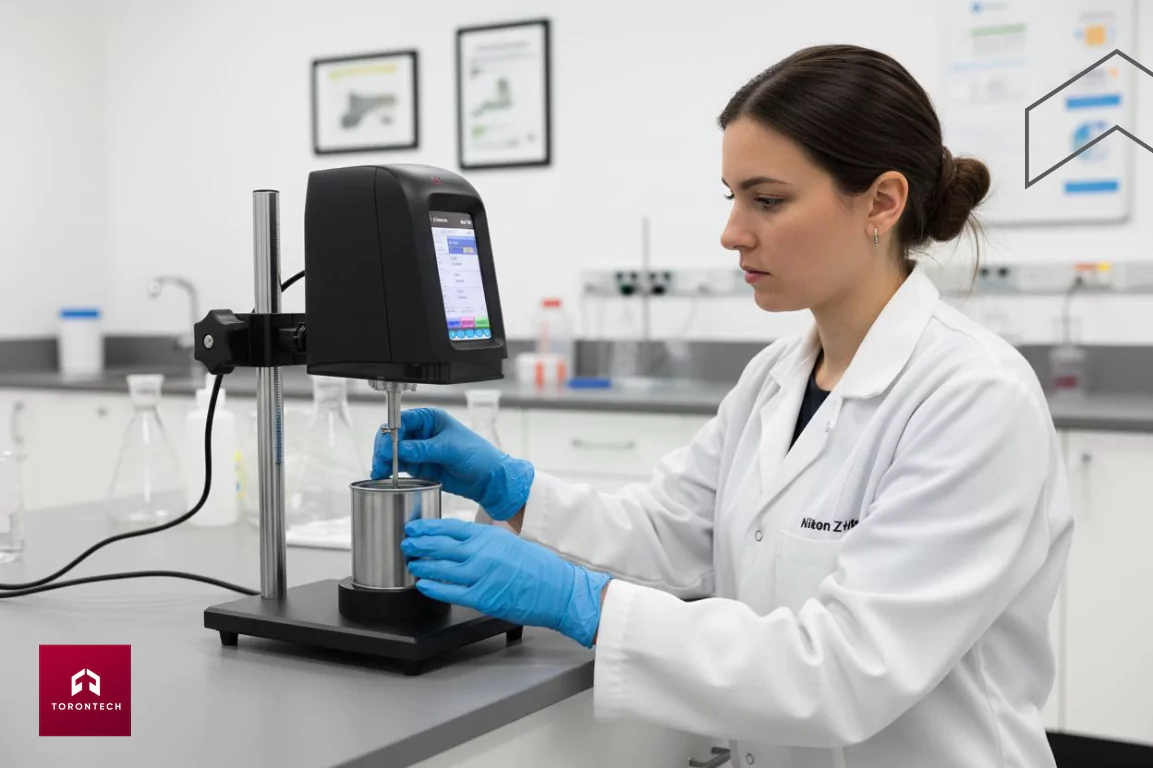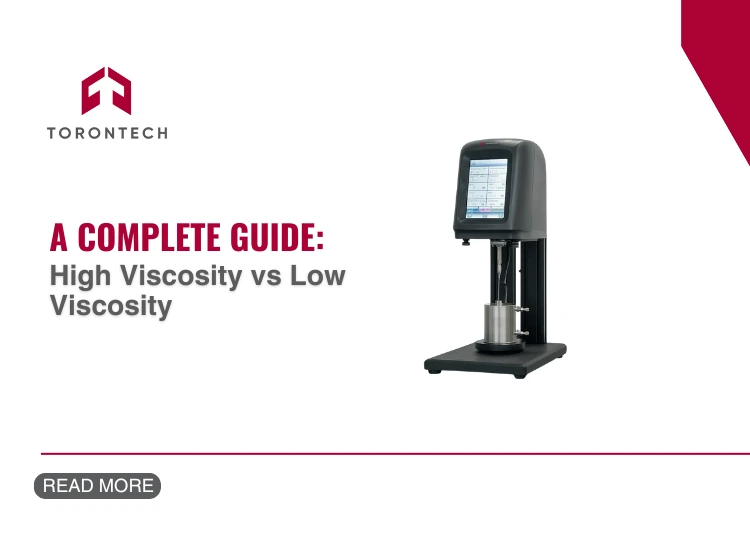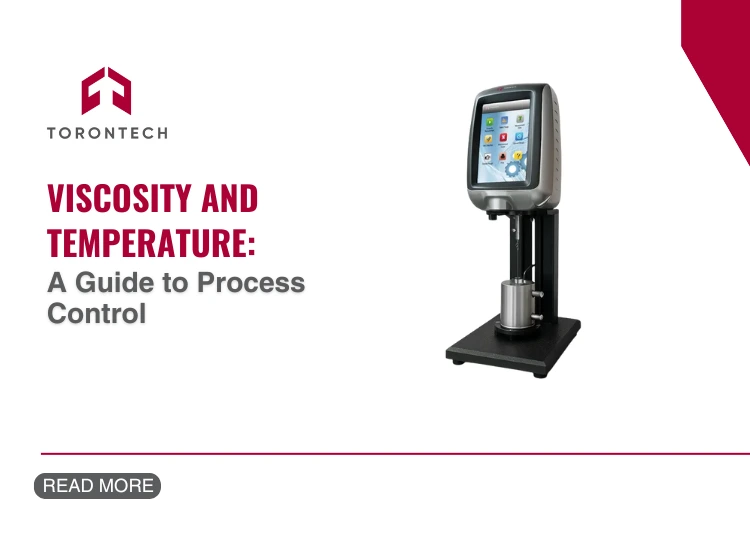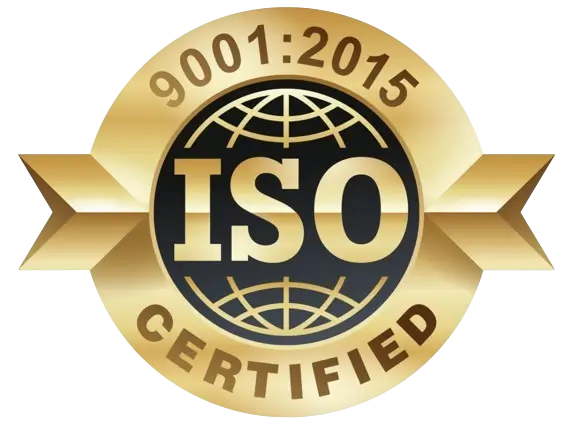In many industries—from pharmaceuticals to coatings—if your fluid materials don’t perform correctly, your final product’s quality is compromised. The way a fluid behaves is a flat-out make-or-break condition for success. This brings us to the core question for any quality team: how does a viscometer work to control these critical properties?
At Torontech, we’ve built our expertise on helping clients master this very challenge.
The key property is viscosity, and knowing how viscometer works is your first step to ensuring your specifications are met every time. It operates by putting a precise number on a fluid’s resistance to movement, giving you the kind of hard data you can rely on to make critical process decisions.
So, How Does This Instrument Work?
The fundamental principle behind how a viscometer works is actually a simple concept. It introduces a controlled, predictable motion into a fluid and then measures the fluid’s resistance to that motion. This could be the force required to rotate a spindle, the time it takes for a ball to fall through the liquid, or the flow rate through a narrow tube.
In every case, the instrument is quantifying the fluid’s internal friction. That number is your viscosity.
There are a few specific methods for viscosity testing. However, to fully appreciate how a viscometer works in a modern industrial setting, we must focus on the most effective and versatile technology.
Rotational Viscometers: The Industry Workhorse
We’re going to be direct about this—for any serious QC lab, the rotational viscometer is the superior tool for the job. We chose to build our entire ToronVisc™ series on this technology because it consistently delivers the most complete data. This instrument functions by measuring how much rotational force it takes to turn a spindle that is immersed in your fluid sample.
- The Process: A motor spins the spindle at a set speed, and your liquid’s natural resistance creates drag. A quality instrument measures this drag with satisfying precision, giving you a stable, repeatable number. More drag equals a higher viscosity.
- The Key Advantage: The most important benefit is its ability to test fluids at different shear rates. This provides practical insights into how complex formulations will behave, a critical aspect of how does a viscometer work for real-world quality control.
Other Common Instrument Types
While we stand by rotational viscometers, it’s useful to know the other devices.
- Capillary Tubes: These are straightforward glass instruments that use gravity. They are highly accurate for simple fluids but lack the operational range needed for formulated industrial products.
- Falling Sphere Devices: This method determines viscosity by timing a ball falling through a liquid. It’s a simple process but is generally limited to clear, uncomplicated fluids.
How to Choose the Right Instrument for Your Materials

So, that covers the operating principles.
Beyond the basic mechanics of how a viscometer works, selecting the right one depends entirely on your material. A viscometer is only a useful tool if its method matches what you’re testing—a mismatch here means you’re just collecting bad data.
To avoid that common pitfall, here’s the direct advice we give our clients:
- Your Fluid’s Characteristics: First, you have to know your material. Simple fluids have a consistent viscosity. However, most industrial products are non-Newtonian; their thickness changes under stress. This is a core challenge our ToronVisc™ line is specifically engineered to solve, providing clarity on how your product will perform.
- Your Industry and Application: Matching the instrument to industry standards is the first step toward reliable QC. For paints, standards often require a Krebs Stormer Viscometer, a model we ensure is a core part of our cost-effective offerings. For R&D labs with small samples, a Cone and Plate viscometer is invaluable.
- Your Operational Needs: Consider where the testing will occur. Most QC happens on a benchtop instrument. However, we’ve seen clients gain a significant advantage by using portable viscometers for immediate checks on the production line—a capability we proudly offer.
Torontech’s Cost-Effective Viscometers
While every viscometer type has its use, the superior versatility of rotational viscometers makes them the indispensable tool for modern industry. A clear picture of how a viscometer works empowers you to select an instrument that protects your product’s quality.
At Torontech, we are focused on equipping facilities with high-precision technology. It is our firm belief that access to premium quality control should not come with an excessive price tag. That’s why we engineered our ToronVisc™ series to be a cost-effective solution for achieving industry-standard results. Our lineup delivers the reliability required to protect your product and your bottom line. If you are looking to improve your QC process with a dependable and affordable solution, contact us today, and let’s discuss the perfect instrument for your needs.
Need the Right Viscosity Measurement?
Explore cost-effective Torontech viscometers for precise, reliable results.
Frequently Asked Questions (FAQ)
How does a viscometer work?
In simple terms, most industrial viscometers function by measuring the force needed to rotate a small component (a spindle) within a fluid sample. The more force required, the higher the fluid's viscosity.
3. What types of viscometers does Torontech offer?
We specialize in cost-effective, Brookfield-style rotational viscometers. Our ToronVisc™ series covers the full spectrum, from easy-to-use digital models to specialized instruments like Krebs and Cone-Plate viscometers.
4. Why is measuring viscosity so important for my business?
From our perspective, measuring viscosity is one of the most critical steps in quality control. It has a direct impact on product texture, stability, and application performance. Getting it right helps optimize production and guarantee your final product meets every specification.
5. Can I measure the viscosity of very thick materials like pastes?
Certainly. This is a very common application that our more powerful models are built to handle. Measuring high-viscosity materials simply requires a viscometer with a high torque range and the correct spindle type, all of which are part of our comprehensive product family.








